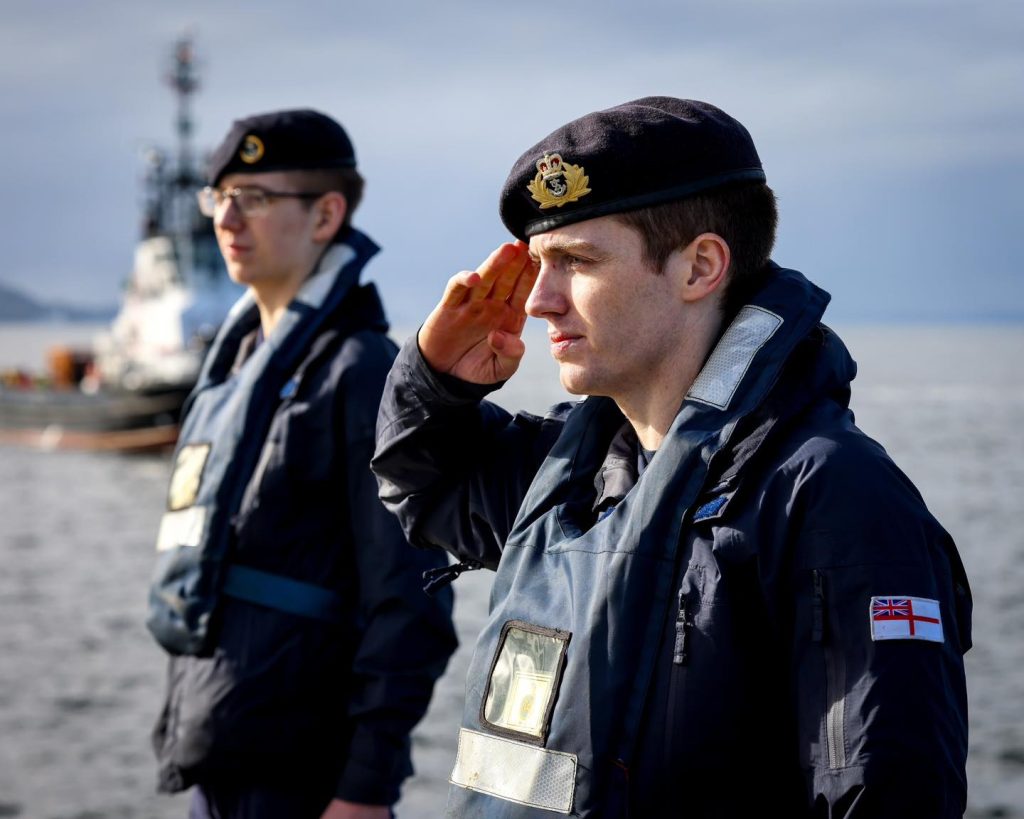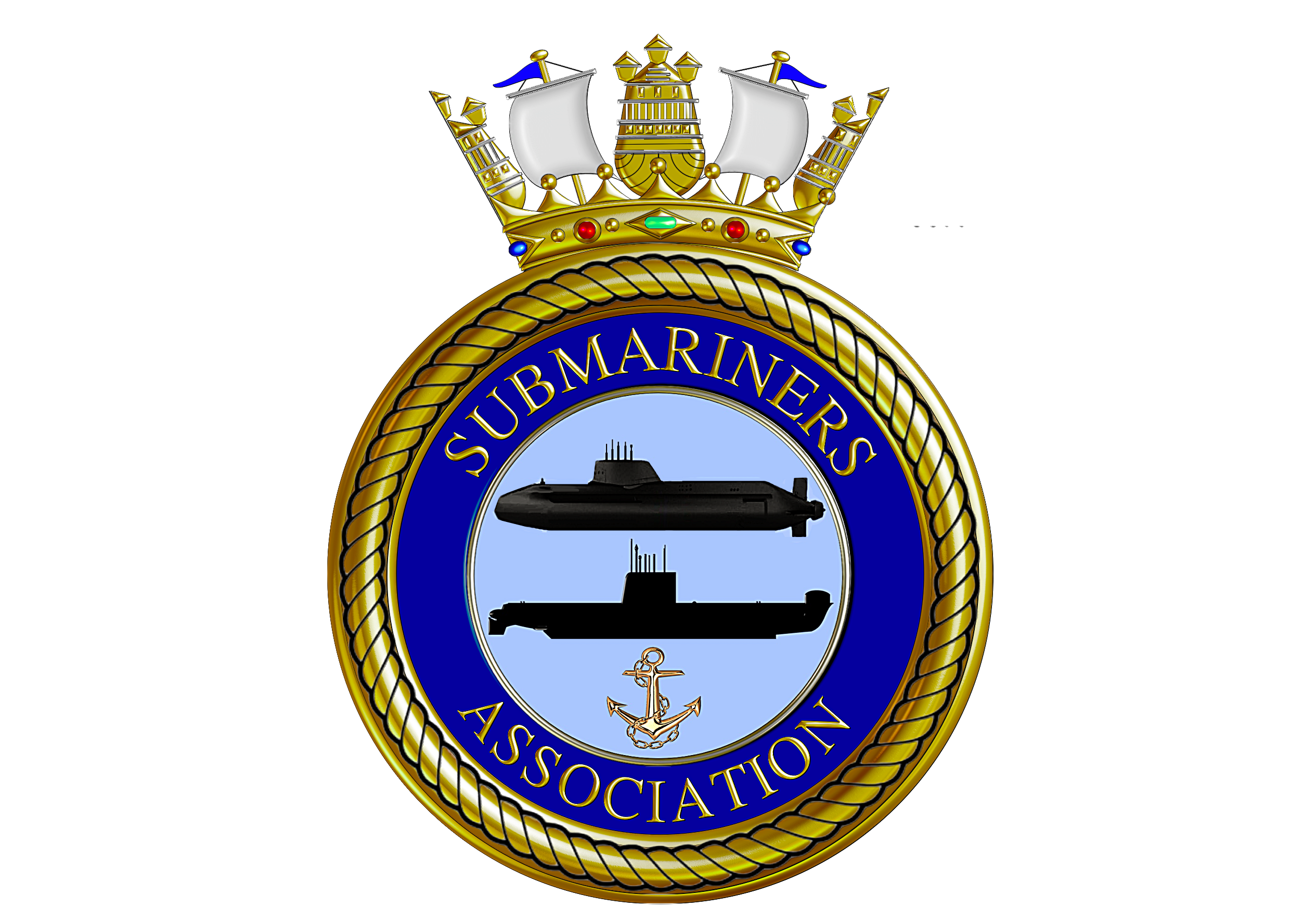The Royal Navy’s latest nuclear deterrence submarine patrol was welcomed home at Clyde Naval Base by the Deputy Prime Minister and head of the Senior Service. Deputy Prime Minister, Oliver Dowden, and the First Sea Lord, Admiral Sir Ben Key, were in Scotland to greet the Vanguard-class ballistic submarine on completion of their silent mission beneath the waves carrying the Trident missile system. It comes on the 55th year of Operation Relentless, under which a British submarine carrying the nation’s ultimate weapon has patrolled the world’s oceans, unseen, undetected and ready to strike since 1969. Operation Relentless is the longest sustained military operation ever undertaken by the UK. Known as the Continuous at Sea Deterrent, it is the unyielding responsibility of the Royal Navy and the Submarine Service to ensure these patrols of national importance never cease. The Vanguard-class submarine returning to Clyde was waved home by families and has already been replaced on patrol by one of her sister boats.Deputy Prime Minister, Oliver Dowden, said: “I am delighted to be here to welcome home our sailors as they return from patrol. The Continuous At Sea Deterrent is enormously important to the United Kingdom and I am humbled by their service. I do not underestimate the demands on our people and their families in their commitment to delivering this capability.” First Sea Lord, Admiral Sir Ben Key, said: “It’s a great privilege for me to welcome home the returning Ship’s Company. They have done an exceptional job and I never fail to be impressed by their dedication and professionalism. I also pay immense tribute to their families and thank them for their support. “We should never underestimate the huge national effort that goes into this endeavour. It is through the commitment of all of those across the Defence Nuclear Enterprise, our industrial partners and across Government that we are now in our 55th year of unbroken deterrent patrols.”A new class of ballistic submarine – the Dreadnought class – is currently under construction and is expected to replace the Vanguard-class by the 2030s, ushering in a new era of at-sea deterrence. As one of the most complex engineering projects ever undertaken in the UK, it supports the Prime Minister’s priority to grow the economy by supporting tens of thousands of jobs across the country, with 13,500 in the north-west of England specifically. HMNB Clyde has developed from a military port, established during World War II, and will become the Single Integrated Operating Base (SIOB) – home to the entire UK submarine fleet. That’s all four Vanguard-class – and, in time, the new Dreadnought boats – and five Astute-class Royal Navy submarines (rising to seven when HMS Agamemnon and Agincourt join the Fleet). The Submarine Escape, Rescue, Abandonment and Survival (SMERAS) Facility is also based at the site which, with the development of the Future Submarine School well underway, will improve the quality of life for the submariners living and working at Clyde. Meanwhile, preparation work has started on HMS Victorious ahead of a major planned refit, which will keep the bomber on nuclear deterrence patrols into the 2030s. It’s part of a Vanguard-class maintenance programme, taking place in Devonport Naval Base in Plymouth at a specialist facility run by Babcock. The programme sustains 1,000 jobs in the southwest of the UK and its ultimate purpose is to ensure work is carried out on the Vanguard boats, modernising and improving them before they are phased out for the Dreadnought submarines to begin their duties.







